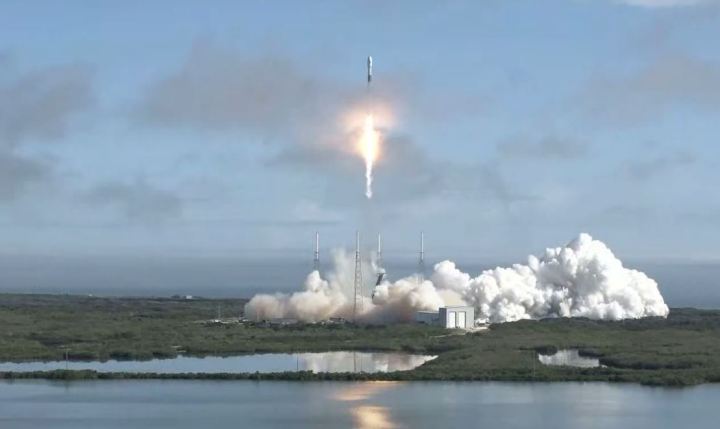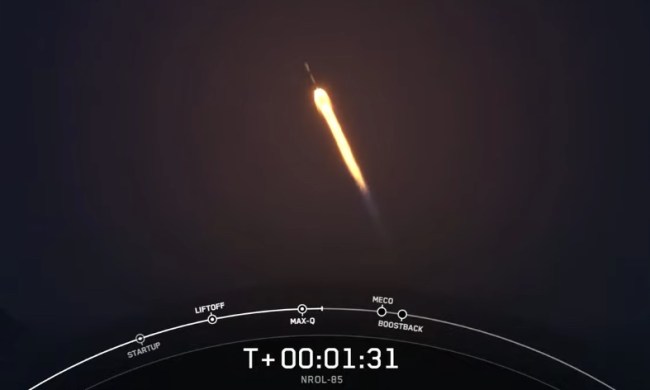
SpaceX has successfully launched and deployed 60 more Starlink satellites, bringing the total number of satellites in the network to nearly 300. The Starlink project aims to create a network of satellites that can provide broadband internet access across the globe, even in remote areas that are currently poorly served and lack broadband access — but not everything went according to plan.
The launch took place at 7:07 a.m. PT on Monday, February 17, with the satellites launched aboard a SpaceX Falcon 9 rocket from Space Launch Complex 40 at Cape Canaveral Air Force Station in Florida.
At 7:23 a.m. on Monday, February 17, SpaceX posted to Twitter confirming its successful deployment of the 60 Starlink satellites.
Successful deployment of 60 Starlink satellites confirmed! pic.twitter.com/bKBtI5UZEB
— SpaceX (@SpaceX) February 17, 2020
The Falcon 9 rocket used in this launch is also notable for having been previously used. Its first stage was launched as part of the CRS-17 mission in May 2019 and the CRS-18 mission in July 2019, both commercial resupply missions to the International Space Station (ISS) launched as part of NASA’s commercial resupply program. The program uses private companies like SpaceX and Boeing to ferry cargo to and from the ISS, carrying supplies to the station and the results of scientific experiments back to Earth.
The Falcon 9 was also used for the JCSAT-18/Kacific1 mission in December 2019, in which it deployed a satellite for Kacific Broadband Satellites, a Singaporean company. The re-use of rocket parts is a major SpaceX innovation in the sector. While agencies such as NASA have been considering developing reusable rockets since the 1960s, no one has been able to actually develop a working partially reusable rocket before SpaceX.
Once the first stage of the Falcon 9 rocket separated, the plan was for the stage to land on the droneship “Of Course I Still Love You,” stationed in the Atlantic Ocean. Then the fairing would be recovered by two recovery ships, “Ms. Tree” and “Ms. Chief.” Unfortunately, the stage missed the droneship and landed elsewhere. But SpaceX did confirm that it made a “soft landing” into the ocean.
Had it been successful, this would have been the 50th landing of a first stage from a Falcon rocket. For now, SpaceX will have to wait a little longer before it can claim this accolade.



